The DVSA has recently updated its guidance on safe loading of vehicles - something which they believe should be of primary concern for all road users, whether it is using a seatbelt to secure passengers in a family car or transporting goods in lorries; "Not only does effective load securing prevent goods from falling onto roads causing danger to other road users, it also saves money by ensuring that goods arrive at their destination undamaged".
The guidance aims to complete the existing guidance provided by the Department for Transport (DfT) and the European Commission (EC) code of practice. In addition to this, the Office of the Traffic Commissioner expresses enthusiasm for the guidance as it "provides operations with the necessary instructions for ensuring their loads are safely transported".
In 2013, when the guidance was originally issued, the Highways Agency reported over 22,000 road impact incidents caused by objects quite literally falling off the back of lorries. Not only does this pose a significant risk to other road users it also causes major delays on the UK's road system, with each incident taking on average 20 minutes to clear up. The consequences of poor loading of a vehicle can be serious not only to the driver of the vehicle but also to other road users. Health and Safety Executive (HSE) statistics have show that workplace transport is one of the highest risk work activities in the UK.
The DVSA's advice has been updated in early 2023 with regard to:
- Section 7.9 - skips, and
- Section 7.11 - vehicle transporters, specifically with regard to:
- Cars and light vans up to 3,500kg transported on flatbed or curtain sided trailers
- Transporting vehicles over 3,500kg on flatbed trailers
- Heavy Goods Vehicles, and
- Plant equipment
Loaded or Partly-loaded Skips
The DVSA advice states that loaded or partly loaded skips should not be stacked on top of each other for transport, even if on a dedicated skip lorry. In their opinion the lower skip does not provide a stable base and there is a risk of the upper skip(s) moving under sudden braking or falling from the side of the vehicle if the driver must swerve to avoid another road user, for example. The advice also cautions against the use of the chain or beam connecting the hydraulic lifting arms on skip lorries to secure empty or laden skips. Such a use can put undue strain on the lifting arms leading to cracks and possibly "unexpected failure". However, they go on to state that there is an exception to this rule where the operator can demonstrate, through independent testing, that the connecting beam can secure up to two laden skips. These tests must have shown that the hydraulic rams pushing the connecting bar down onto the top skip provides sufficient pressure to secure the load.
In order for the DVSA to accept this practice the guidance refers to the following conditions being met:
- The lifting equipment is in good order and tested to LOLER (Lifting Operations and Lifting Equipment Regulations 1998);
- There is a connecting beam between the two lifting arms and it is in contact with the top skip at both sides;
- The bottom of the top skip is at least 100mm below the top of the bottom skip;
- Loose loads are sheeted or covered properly;
- If skips are carried in a line, then the loaded skips are only at the rear of the vehicle where the hydraulic lifting arms and beams secure the load;
- Evidence can be produced at the roadside that the vehicle has been tested at TRL (Transport Research Laboratory) or similar facility; and
- The chains used to lift the skips are attached for extra security.
Vehicle Transporters
These vehicles are used to move other vehicles around such as cars or plant equipment and fall into the following categories:
- Car transporters
- Flatbed vehicles
- Low loaders
The key advice for loading these vehicles is to ensure that the centre of gravity is kept as low as possible and that the vehicle that is loaded is secured safely with the correct type of fixing or lashing strap and in the instance of loading plant equipment which can be very heavy the use of chocks or lateral timbers is recommended in order to prevent movement. Another key piece of advice is always to load against the vehicle's headboard to aid stability and to check the headboards regularly for damage.
For a full breakdown on how to effectively secure all types of loads, for example, crushable loads, fragile loads, multi-drop collections and more, please visit the DVSA guidance page by clicking here.
Overall, if there is an accident or "near-miss" the DVSA will be looking for evidence that an operator has considered the load, the destination and the type of vehicle being used to carry it, so that an effective as possible safe-loading system is in place. They acknowledge that it is not a 'one-standard fits all'.
Operators should ensure that their drivers are fully aware of what they are meant to be doing each and every time they go out on the road and that this training and the appropriate safety checks are made and documented and kept up to date.
If you have any questions regarding safe loading procedures or any other part of your transport operation, then please click here to send an email or call 01279 818280 to speak to one of our lawyers. We are here to help.
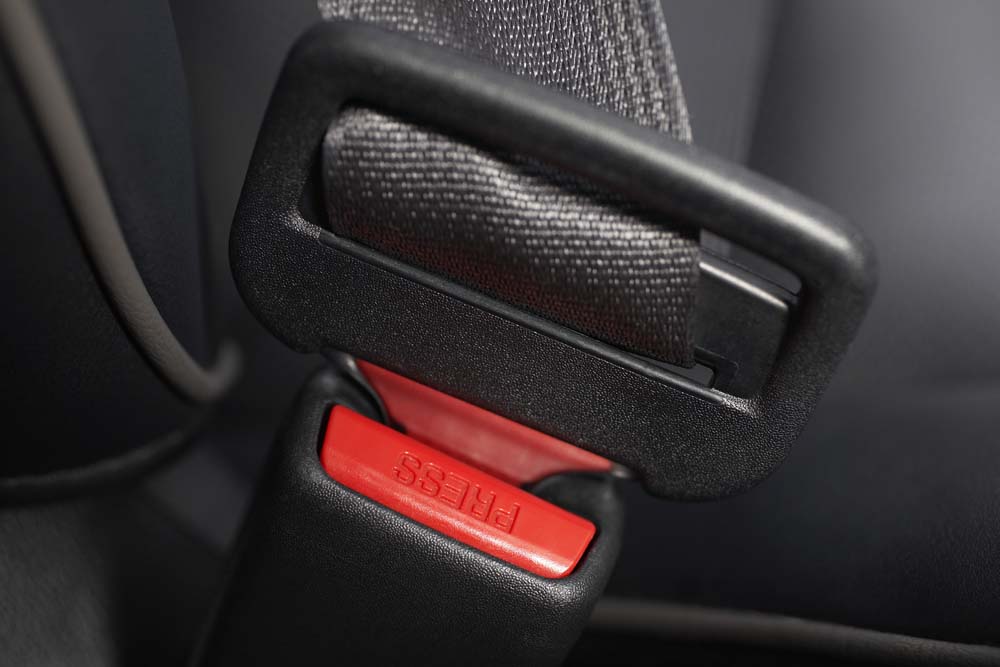
More News and Insight

Changes to Brake Safety Inspections for Commercial Vehicles – April 2025
In April 2025 the brake testing regime guidance will change. Roller Brake Tests, that have been mandatory for years, will be joined by an Electronic Break Performance Monitoring System or EBPMS…
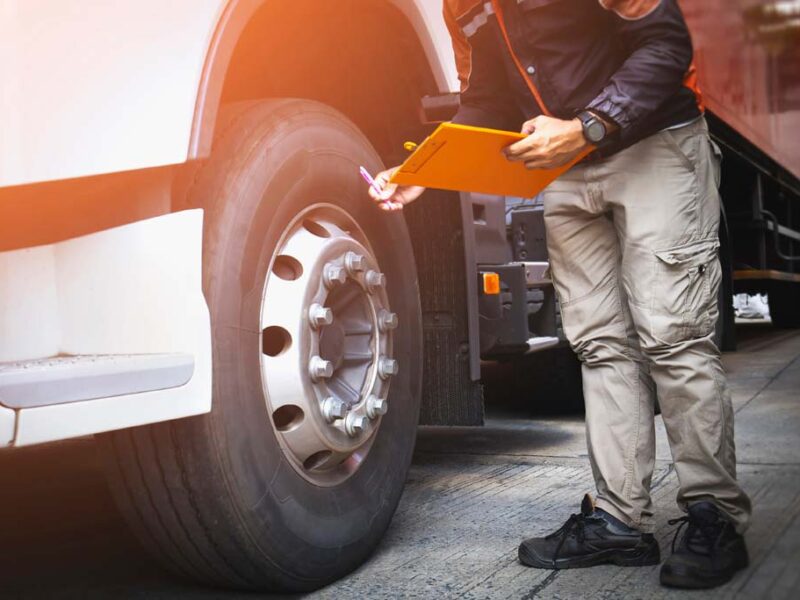
Case Study – Public Inquiry for Gillbard Plant, Autumn 2024
Gillbard Plant was called to Public Inquiry in Autumn 2024. The hearing made headlines in the transport press due to the element of “DVSA Poacher turned Game-keeper” of Gillbard Plant’s Transport Manager, Mr. Anthony Brayley-Willmetts, a former DVSA (VOSA) examiner turned transport consultant…
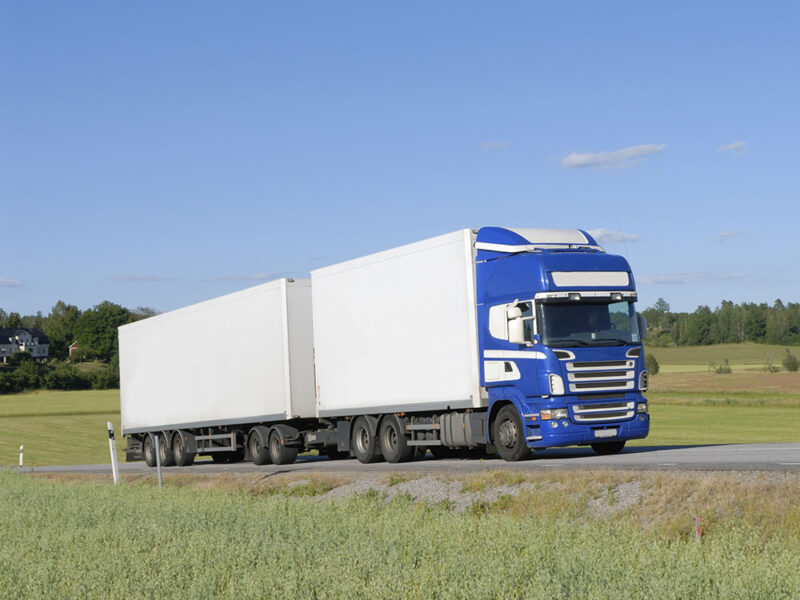
DVSA Load Security Guidance – Updated December 2024
When carrying loads on lorries every HGV Operator knows how important it is to ensure that goods are secured safely so that they arrive at their destination in good condition and that they do not cause any damage or danger on the UK’s roads during the process of transporting them…

New Rules for Vehicle Operators and Drivers Carrying Out International Journeys
The Department for Transport and the Driver and Vehicle Standards Agency recently issued a bulletin regarding the new rules that vehicle operators and their drivers will have to comply with if travelling on international journeys…

Road Haulage Association Members and DVSA Leadership Work Shadow Each Other!
To help highlight the Road Haulage Association’s “National Lorry Week” which this year was between 4th and 8th November 2024, the Road Haulage Association and the DVSA’s Leadership team decided to spend some time work shadowing each other….
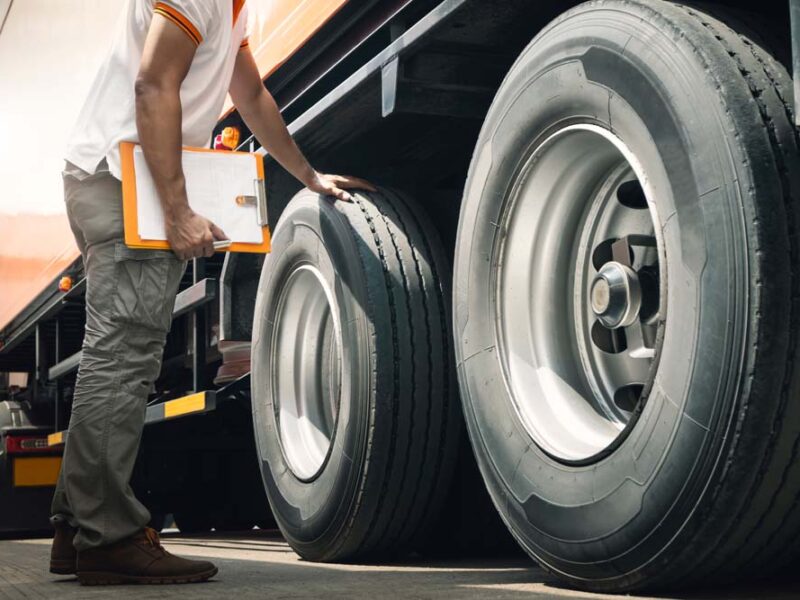
2024 Update to Guide to Maintaining Roadworthiness (GTMR)
The Guide to Maintaining Roadworthiness is the Driver & Vehicle Standard Agency’s (DVSA) standard produced in collaboration with key industry stake holders which explains the responsibilities and systems involved in maintaining vehicles in a roadworthy….

New Driver CPC Reforms to be in Force from 3rd December 2024
Following a very lengthy consultation period on this matter launched in early 2023, Parliament finally debated the “Vehicle Drivers (Certificates of Professional Competence) (Amendment) Regulations 2024” on Tuesday 29th October 2024…
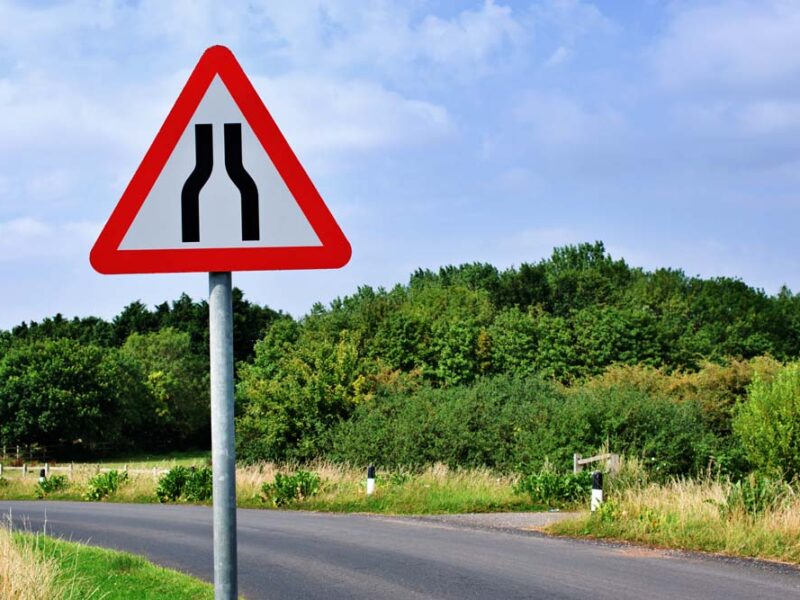
When Sat Nav’s Lead Lorries Astray!
Lorries getting into trouble and causing chaos in the small country roads of Great Britain have been making headlines again. Whilst a lot of this content is amusing and no doubt is a winner with internet audiences there is a very serious side to these incidents…

Traffic Commissioners 2023-2024 Report – the Highlights & the Lowlights of the Year
In early October the Traffic Commissioners of Great Britain published their annual report. The report encompasses the purpose of the individual Traffic Commissioners who are independent regulators for the goods vehicle and public service vehicle industries and their professional drivers…
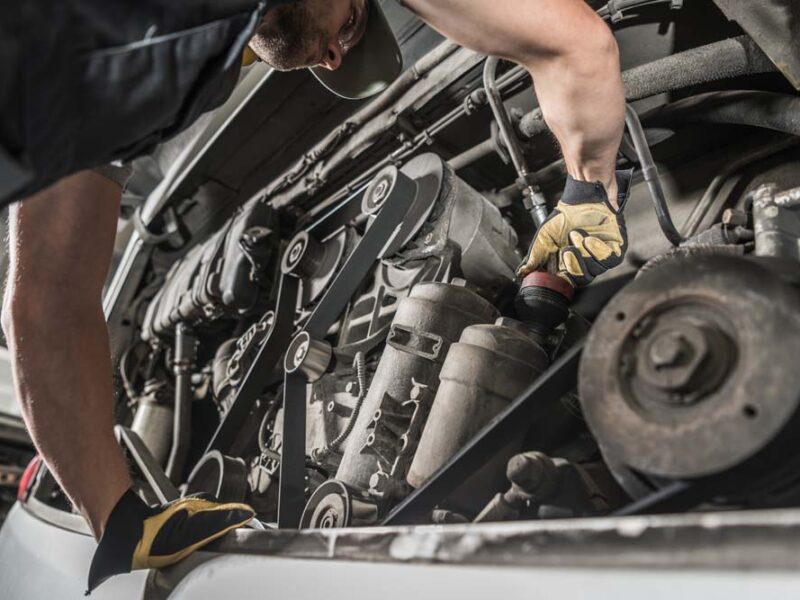
Vehicle Maintenance Data Collected by the DVSA
In a recent ‘blog’ by the DVSA’s Danny Charles the amount and type of data that the DVSA collects was discussed. Some may find it surprising how much data the DVSA holds and makes available to the general public on individual transport businesses…

Murky Mini-Bus Waters in UK?
There has been reports in the industry news concerning the number of illegal operators of mini bus services who are operating un-hindered by the regulatory enforcement agencies…

Driver CPC – Changes Coming in 2024 and 2025
The Driver Certificate of Professional Competence (DCPC) was introduced in the UK in 2007, as specified in EU Directive 2003/59/EC for all commercial drivers…
